Czech reconstruction of ace WWI pilot's Sopwith Triplane wins FAI Phoenix Group Diploma 2025
Two years in the making, a replica Sopwith Triplane has become a highlight of the permanent exhibition at the Metoděj Vlach Aviation Museum in Mladá Boleslav, Czechia. Vladimir Handlik and the reconstruction team headed up by Petr Tax have been awarded the FAI Phoenix Group Diploma 2025 for their impressive project.
Video about the construction of the Sopwith Triplane replica
A revolutionary aircraft
The Sopwith Triplane rose to fame as quickly as it could climb to altitude in flight.
Designed by Herbert Smith for the British Sopwith Aviation Company, the Triplane was an evolution of their biplane, the Sopwith Pup. After its maiden flight on 28 May 1916, Smith’s triplane was praised for its excellent manoeuvrability and the narrow chord wings which gave the pilots a good field of vision, meaning it was quickly adopted as a fighter aircraft during the First World War.
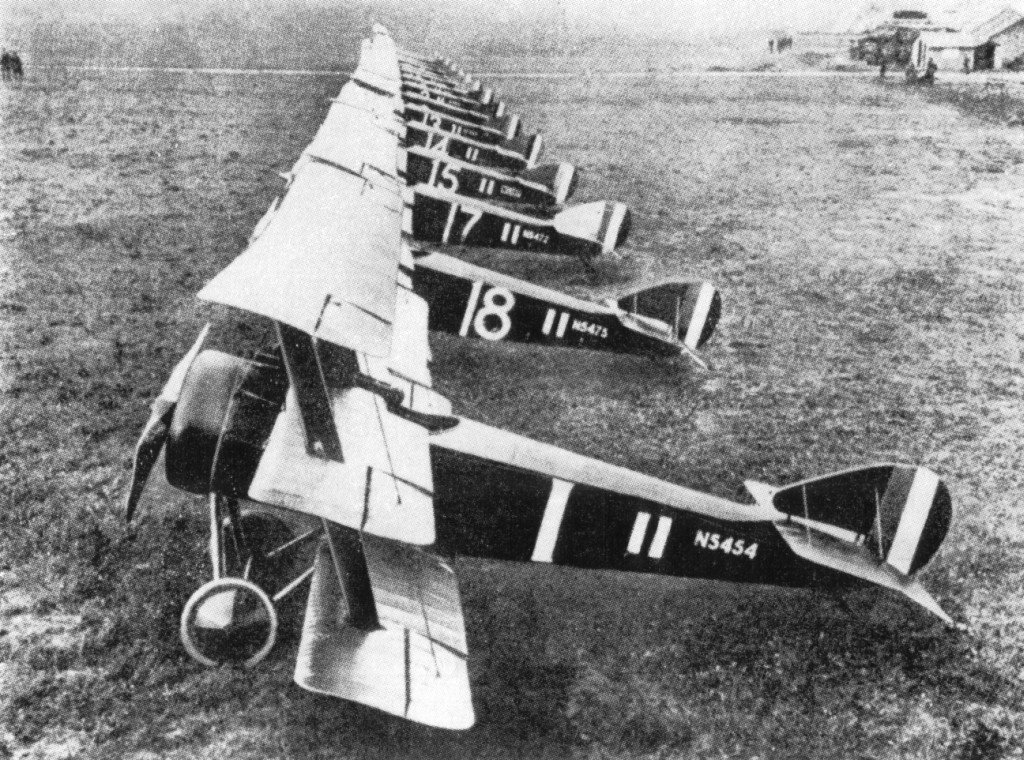
Triplanes of No.1 Naval Squadron in France. Image: Leslie, S - Imperial War Museum
Orders for the Sopwith Triplane came flooding in from British armed forces, with around 150 manufactured. They were regularly deployed in air combat, dominating the skies during 1917 as war raged in Europe. Famously adopted by the No. 10 Naval Squadron ‘Black Flight’, the Triplane was also favoured by Australian ace pilot, Robert Alexander Little, who christened his, 'the Blymp'.
The Sopwith Triplane’s fame was relatively short-lived as new Sopwith Camels surpassed its military prowess and were more easily repaired. However, the profusion of German and Austrian single seater military triplanes - including the Fokker Dr.I - that followed the Sopwith Triplane’s rise to success, is testament to its significance in aviation history.
Sopwith Triplane specifications
- Wingspan: 8.8 m
- Length: 5.74 m
- Height: 3.2 m
- Empty weight: 447 kg
- Maximum speed: 187 km/h
- Cruise speed: 150km/h
- Fuel capacity: 76l
- Stall speed: 69km/h
- Engine: American 7-cylinder Warner Scarab 145 hp
- Propeller: Wooden two-blade Wollner

An icon reborn
Using original documentation from 1914, a project to build a replica Sopwith Triplane for the Metoděj Vlach Aviation Museum first began in 2020, financed by the Historical Flying Club. The full-scale replica of the aircraft corresponds to the N5493 'Blymp' flown by Little.
The design necessitated slight modification by experts to ensure the correct balance of the craft to accommodate the American Warner Scarab radial engine, and comply with current ultralight regulations (the replica Triplane flies in the microlight class up to 600 kg with an empty weight of 420 kg).
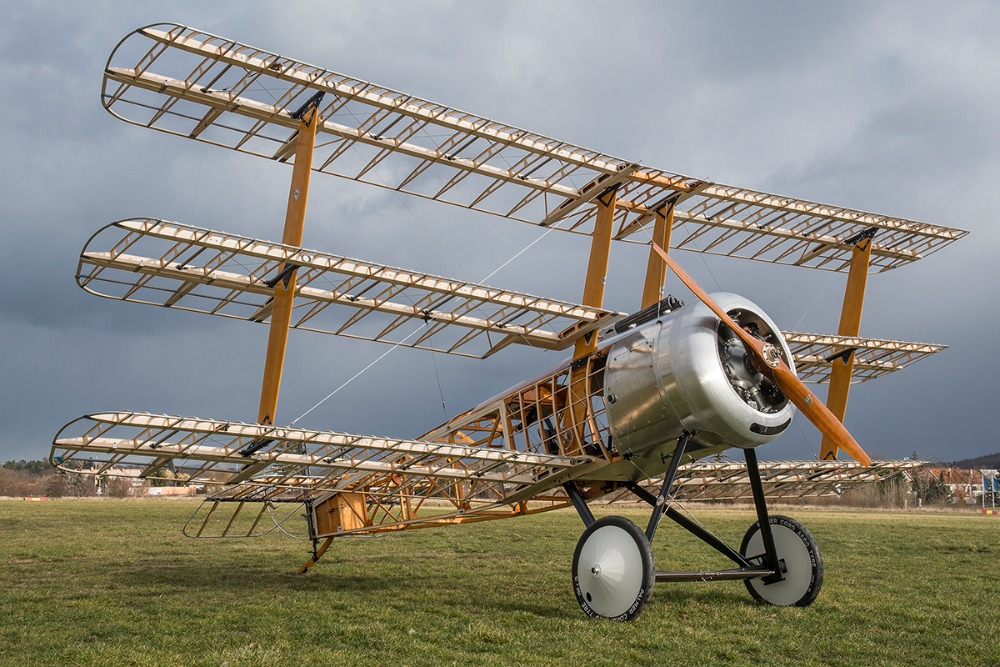
Construction began in earnest in 2022, as engineer Petr Tax led a total of thirty passionate craftspeople with a spectrum of specialties. The team visited the only other airworthy Sopwith Triplane replica in the United Kingdom for research purposes.
Vladimir Handlík sourced the American seven-cylinder, 145 hp Warner Scarab aircraft engine in Argentina, purchasing it and repairing it for the Triplane project. Refurbished original aviation instruments were added to the cockpit for a touch of authenticity.
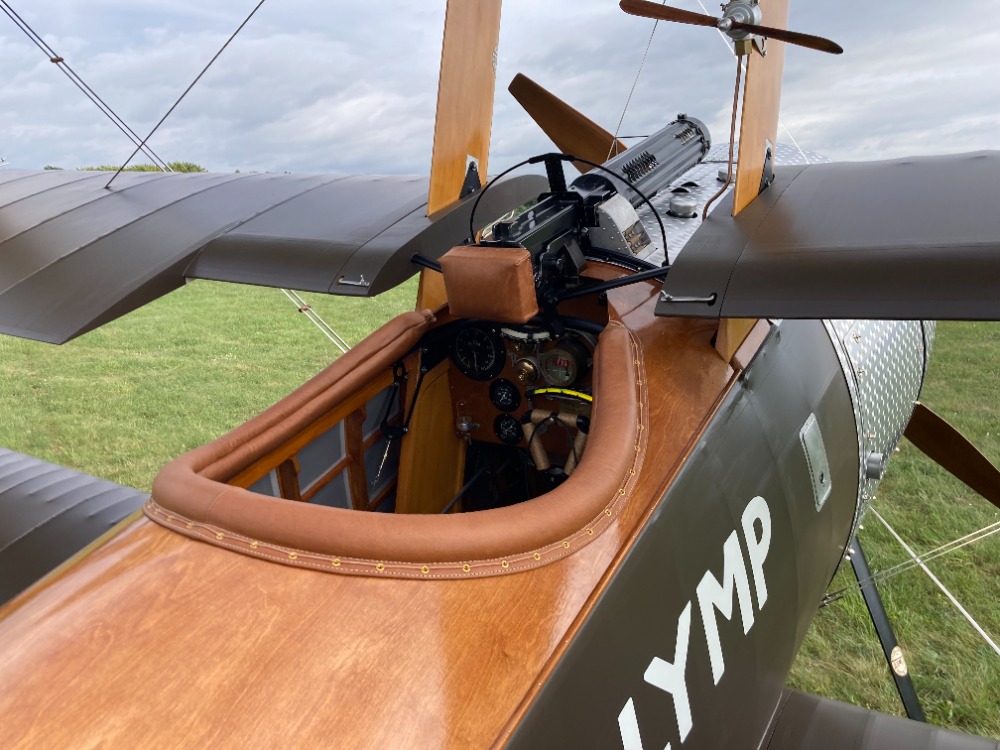
After two years, the maiden flight took place on 18 September 2024 in Mladá Boleslav, Czechia, piloted by Handlík himself. He claimed, “This machine is amazing, it looks as good as it flies."
The ceremonial christening of the Sopwith Triplane reconstruction took place at the Metoděj Vlach Aviation Museum on 7 October 2024, where it will remain on display for enthusiasts of historical aircraft to visit.
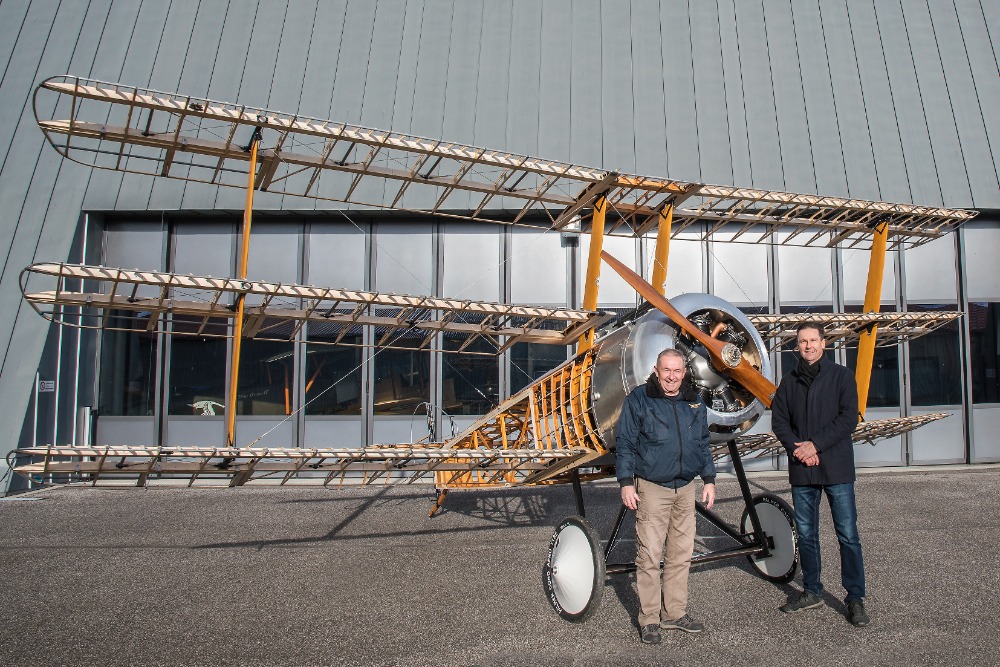
The FAI Phoenix Group Diploma 2025
For their impressive accomplishment, the Sopwith Triplane reconstruction team, Metoděj Vlach Foundation, were awarded the FAI Amateur-Built and Experimental Aircraft Commission Phoenix Group Diploma for 2025.
First awarded in 1992, the diploma recognises the best reconstruction or restoration of a vintage (over 30 years old) aircraft achieved by a group.
The successful reconstruction has resulted in several awards apart from the FAI Diploma, the most major being from the Chamber of Deputies of the Czech Republic.
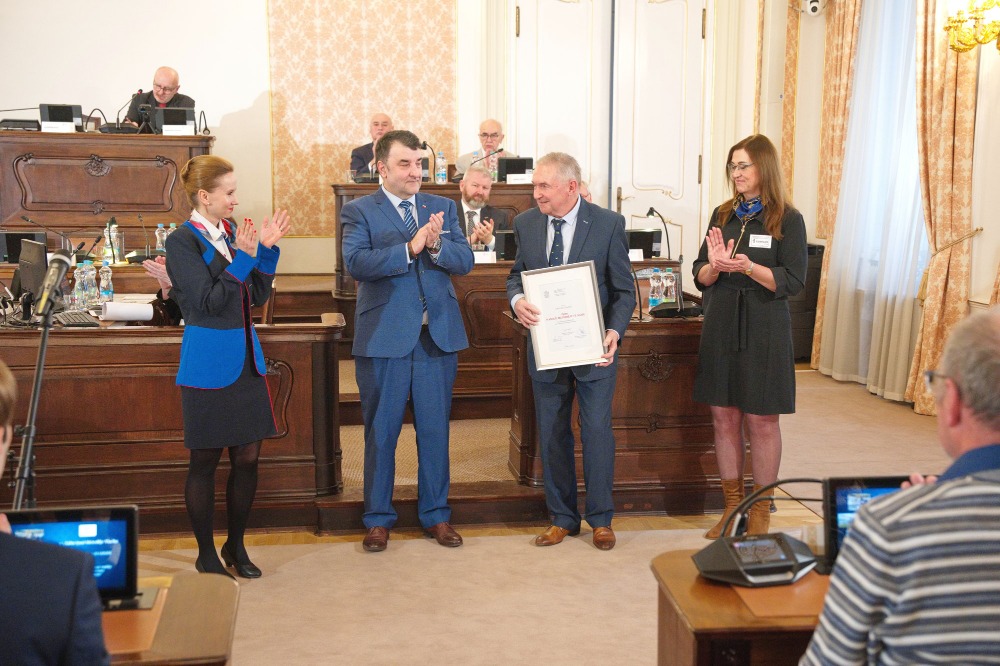
Images: Petr Kolmann, unless otherwise stated

